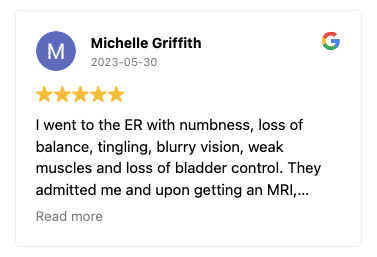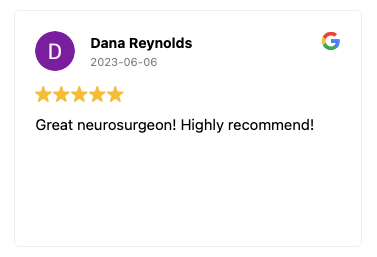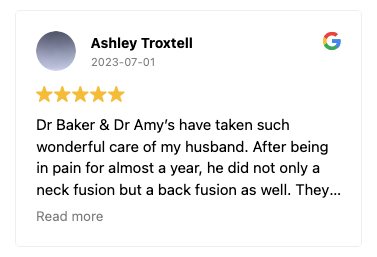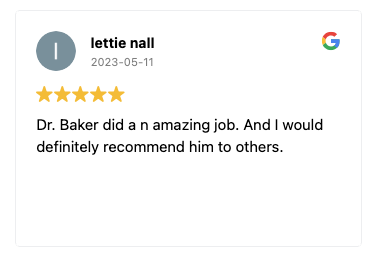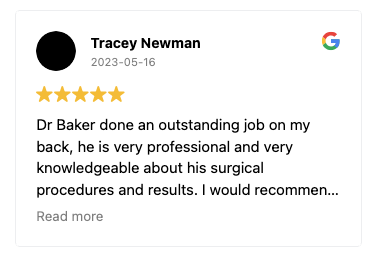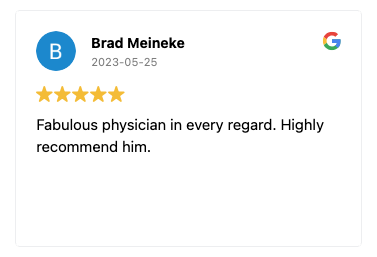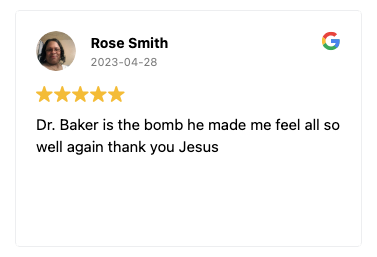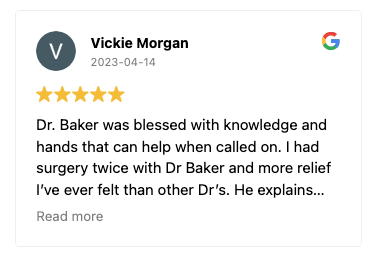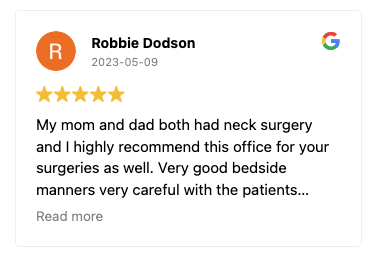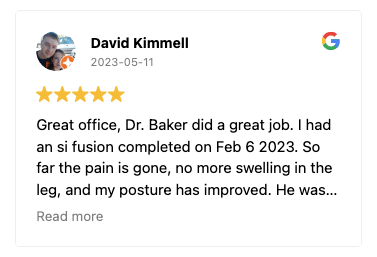Kyphosis & Scoliosis Surgery
A child with an underlying neuromuscular condition is at higher risk for developing scoliosis.
The spine is made up of a stack of rectangular-shaped building blocks called vertebrae. When viewed from behind, the spine normally appears straight. However, a spine affected by scoliosis is curved — often seeming like an S or C — with a rotation of the vertebrae. This curvature gives the appearance that the person is leaning to one side.
Scoliosis is determined when the curvature of the spine measures 10 degrees or greater on an X-ray. Spinal curvature from scoliosis may occur on the right or left side of the spine or both sides in different sections.
The thoracic (mid) and lumbar (lower) spine may be affected by scoliosis. Scoliosis is a type of spinal deformity.
In more than 80 percent of cases, the cause of scoliosis is unknown — a condition called idiopathic scoliosis. In other cases, scoliosis may develop due to degeneration of the spinal discs, as seen with arthritis, osteoporosis, or as a hereditary condition that tends to run in families.
Request an Appointment
What is Kyphosis?
The term “kyphosis” refers to the abnormal upper back rounding resulting from an excessive spine bend.
Hunchback or round back is other terms for the condition when there is a visible bend. Although it can occur at any age, teens are frequently affected by kyphosis.
Patients with severe kyphosis may require surgery to help reduce the abnormal spinal curve and relieve discomfort.
There are several differint types of Kyphosis:
Postural Kyphosis
When instructed to stand up straight, patients with postural kyphosis, the most prevalent type of kyphosis, may frequently rectify the curve themselves.
It becomes apparent during adolescence and is more prevalent in girls than in boys.
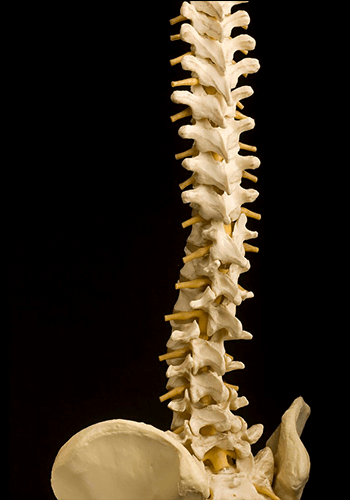
Scheuermann Kyphosis
Scheuermann’s kyphosis is a condition that frequently manifests in adolescence, much like postural kyphosis. However, Scheuermann’s kyphosis can cause a more severe deformity.
A structural flaw in the spine is the root cause of Scheuermann’s kyphosis. Due to the vertebrae’s tendency to push together toward the front of the spine due to this unusual form, the typical amount of disc space is reduced, and the upper back’s forward curvature is increased.
Congenital Kyphosis
Birth brings about congenital kyphosis. It occurs when the baby’s spinal column does not develop correctly inside the mother’s womb.
It’s possible that the bones don’t develop correctly or that multiple vertebrae are fused. As a youngster gets older, congenital kyphosis often gets worse.
Symptoms may include:
Significant difference in shoulder’s height
Bending of head in the forward direction
The height of upper back is higher than normal
Tightening of hamstrings muscles
Difference in the height and position of shoulder blade
Slight back pain
Types of Scoliosis
Congenital Scoliosis
In congenital scoliosis, spinal curvature develops because of misshapen vertebrae. The diagnosis of congenital scoliosis may be made in early infancy if outward signs are present, but many cases are diagnosed later in childhood.
Typically, congenital scoliosis is treated with a “watch and wait” approach. Surgery is considered only if a curve is clearly getting worse and the child is facing ongoing deformity and risk of future pain.
Idiopathic Scoliosis
Doctors, nurses, and scientists have been studying scoliosis’s natural history and genetics for decades, but to this day, the cause of idiopathic scoliosis is still unknown. But we know that the most common time for idiopathic scoliosis to develop is at the onset of adolescence or around the age of 10. We also know that growth can worsen, and we should be most concerned about scoliosis in a child with significant growth.
When diagnosed in children 2 or younger, this type of scoliosis is called infantile idiopathic scoliosis.
Neuromuscular Scoliosis
A child with an underlying neuromuscular condition is at higher risk for developing scoliosis. In conditions such as cerebral palsy, spina bifida, and muscular dystrophy, the muscles are often weak and unbalanced, leading to the development of a spinal curvature.
Surgical intervention is offered when the curve has reached the tipping point of 50 degrees.
Symptoms may include:
Difference in shoulder height
The head isn’t centered with the rest of the body
Difference in hip height or position
Difference in shoulder blade height or position
When standing straight, difference in the way the arms hang beside the body
When bending forward, the sides of the back appear different in height
Frequently Asked Questions about
Kyphosis & Scoliosis Surgery
How Is Scoliosis Diagnosed?
Early detection of scoliosis is most important for successful treatment. In addition to a complete medical history and physical examination, an X-ray is the primary diagnostic tool for scoliosis. In establishing a diagnosis of scoliosis, the doctor measures the degree of spinal curvature on the X-ray.
The following additional diagnostic procedures may be performed for non idiopathic curvatures, atypical curve patterns, or congenital scoliosis:
- MRI. This diagnostic procedure uses a combination of large magnets and a computer to produce detailed images of organs and structures within the body.
- CT scan. This diagnostic imaging procedure uses a combination of X-rays and computer technology to produce horizontal or axial images (often called slices) of the body. A CT scan shows detailed images of any body part, including the bones, muscles, fat, and organs. CT scans are more detailed than general X-rays.
You can also visit Dr. Abdul Baker for advanced and optimized lab testing, including X-rays and CT scans. Many other neurological diseases are also treated here, including Chiari decompression, peripheral surgeries, etc.
How Is Scoliosis Treated?
What Are The Most Important Things To Know?


Dr. Baker specializes in neurosurgery, neurosurgical spine surgery, neurotrauma, brain tumors, spinal tumors, and peripheral nerve damage treatment.
